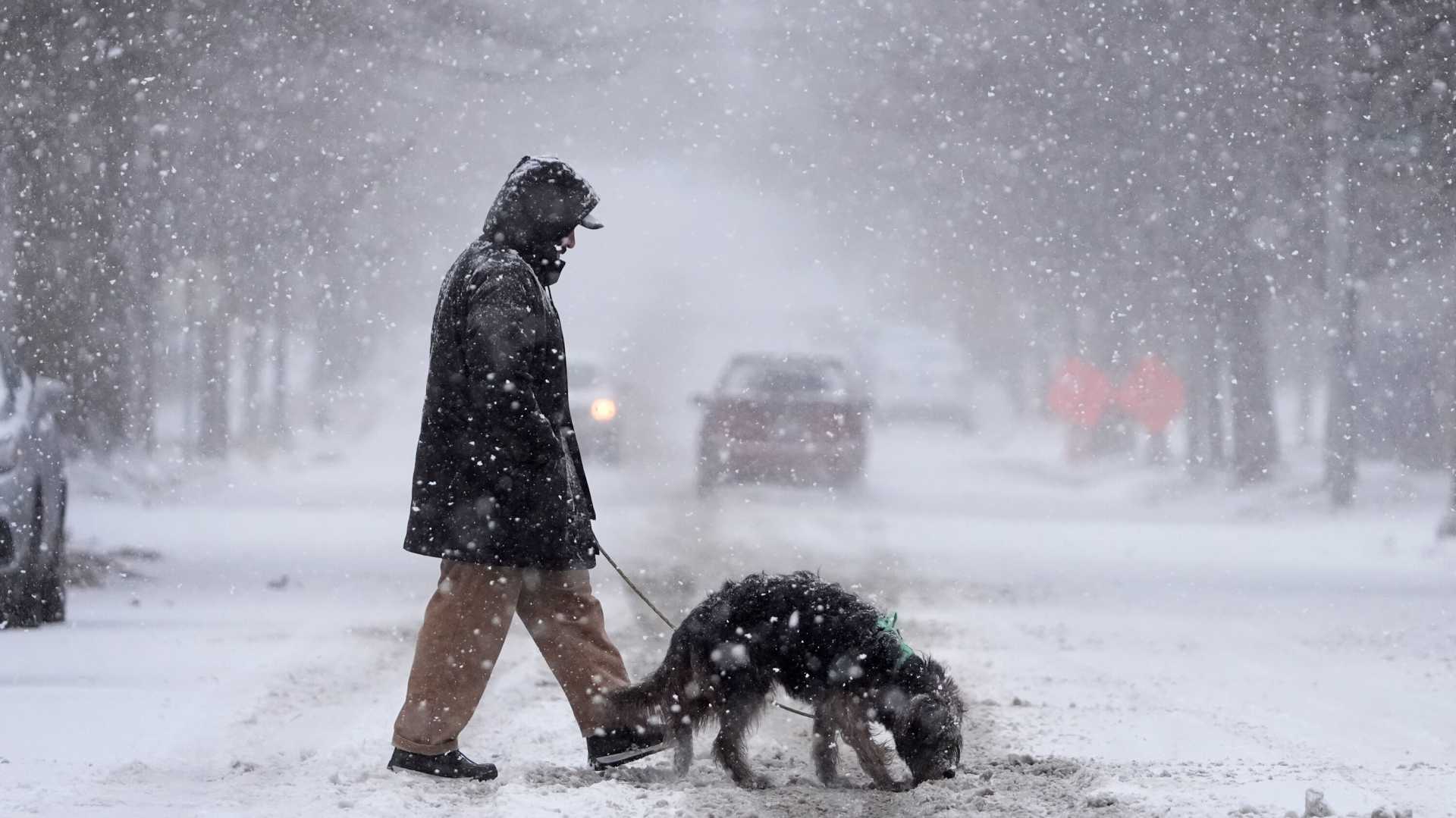News
Winter Storm Harlow Disrupts Schools and Travel Across East Coast

CHARLESTON, W.Va. — Winter Storm Harlow unleashed heavy snowfall and icy conditions on several states Tuesday, prompting widespread school closures and travel advisories for Wednesday, Feb. 19.
Education officials confirmed that numerous school systems across West Virginia, including Wayne County, will close or operate on delays due to dangerous travel conditions. Additional counties have followed suit, announcing closures early Tuesday evening.
“Road conditions are treacherous, and safety is our top priority,” stated the West Virginia Department of Education in a release, highlighting the importance of keeping students safe during the severe weather.
Travelers faced hazardous conditions, with Virginia State Police reporting over 700 accidents and numerous injuries attributed to the storm. Harlow dropped significant snowfall, with Washington, D.C., recording 6.3 inches and Iron Gate, Virginia, seeing the highest accumulation at 14.5 inches.
PowerOutage.us indicated that thousands of Virginia residents remained without power early Wednesday due to ice impacts. Another storm, named Iliana, is forecasted to follow closely on Harlow’s heels, potentially exacerbating conditions with additional snow and ice.
In Chicago, preparations were underway for the next winter storm, with classes potentially affected on Thursday due to expected heavy snowfall rates reaching one inch per hour, prompting school districts to plan remote learning options.
As authorities throughout the U.S. work to address power outages and clear roads, airlines have begun allowing travelers to rebook flights without additional fees. Major carriers, including American Airlines and Delta, are advising passengers to check flight statuses in advance of the impending weather.
Explanations of sleet and freezing rain conditions have been discussed by meteorologists as critical distinctions in storm impacts. Sleet consists of frozen pellets resulting from partially melted snowflakes, while freezing rain can lead to substantial disruptions, taking a toll on infrastructure such as power lines and trees.
“This is a serious situation where even light accumulations could lead to travel chaos,” noted Senior Digital Meteorologist from Weather.com.
Weather emergencies are prompting several institutions, including Howard University in Washington, D.C., to transition to remote operations, signaling potential imperatives for other universities as well.
Kentucky‘s Low-Income Home Energy Assistance Program (LIHEAP) is currently accepting applications for those needing emergency heating assistance, recognizing the added strain on vulnerable families amid harsh winter conditions.
With multiple winter storms now hitting American regions over the past week, officials continue to advise the public to remain prepared and exercise caution, especially on the roads, which remain slick and dangerous.
The interplay of intense weather conditions has resulted in various emergency responses, including the deployment of Virginia National Guard troops along major highways to assist with storm-related issues.
“We are committed to ensuring the safety of our communities as we navigate these challenging conditions,” echoed Virginia Governor Glenn Youngkin, who declared a state of emergency ahead of the storm.
As the storm advances, forecasts indicate fluctuating temperatures that may further complicate conditions in both the Midwest and East Coast regions, with residents bracing for continuous potential disruptions.












